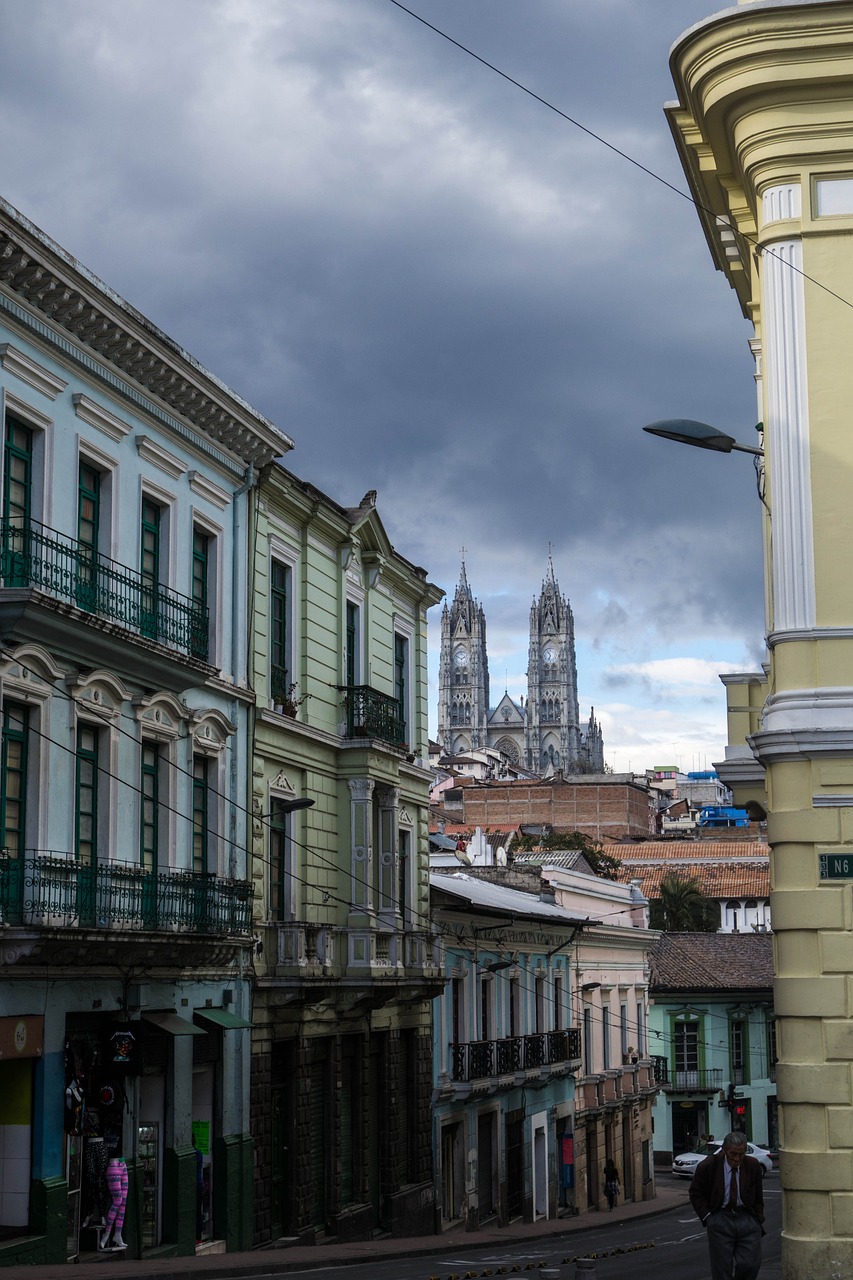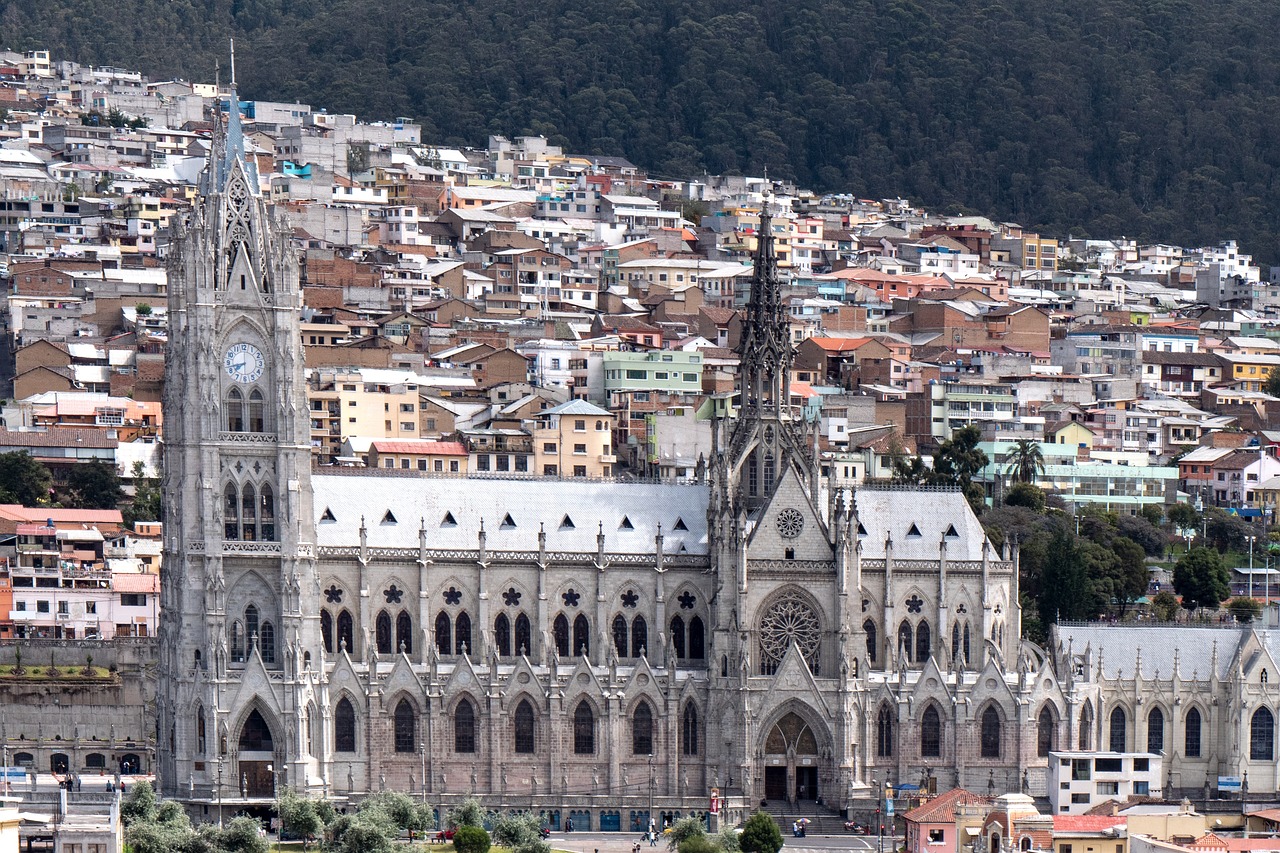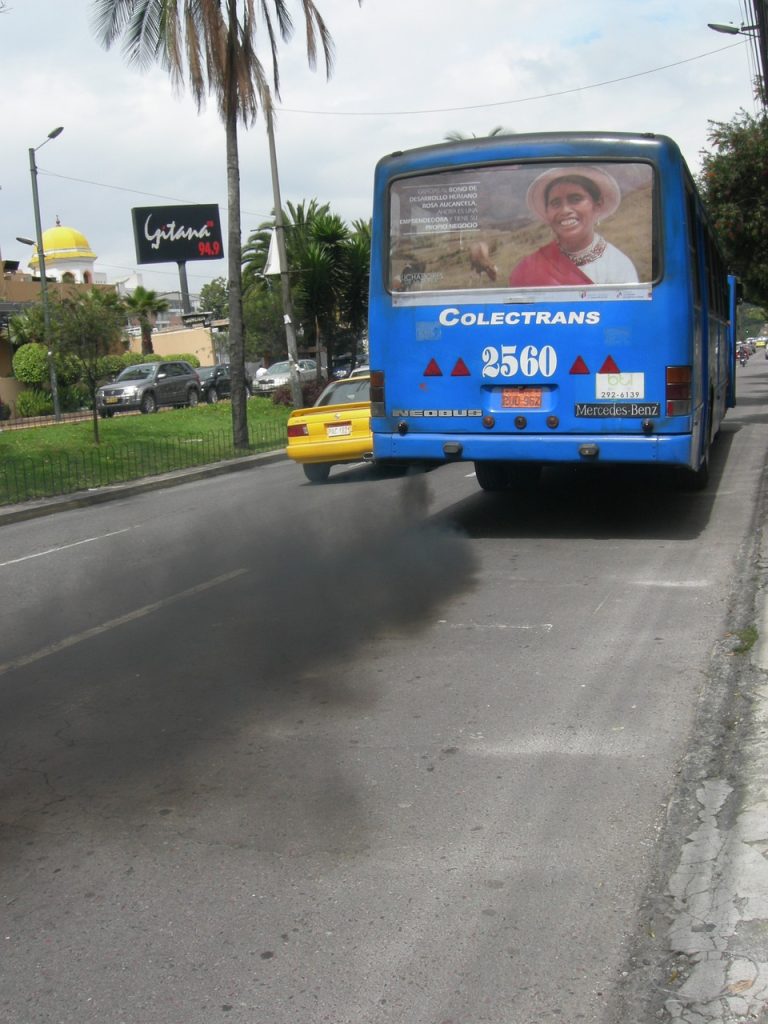Quito Ecuador Video
Local Myths and Legends of Quito Ecuador
Quito, the capital city of Ecuador, is known for its rich history and cultural heritage. Beyond its stunning architecture and picturesque landscapes, Quito is also home to a variety of fascinating myths and legends that have been passed down through generations. These tales often reflect the beliefs and values of the local people, providing insight into the city’s cultural identity. In this article, we will explore ten intriguing myths and legends of Quito, shedding light on the mystical side of this enchanting city.

The Legend of El Panecillo
- El Panecillo: A small hill located in the heart of Quito, El Panecillo holds a special place in the city’s folklore. According to legend, the hill was once a giant who fell in love with a beautiful indigenous woman named Maria. To protect her from harm, Maria turned herself into a statue atop the hill. Today, the iconic statue of the Virgin of Quito stands on El Panecillo, symbolizing the eternal love between the giant and Maria.
The Tale of La Dama Tapada
- La Dama Tapada: La Dama Tapada, or “The Veiled Lady,” is a mysterious female ghost that haunts the streets of Quito. Legend has it that she wears a black veil to hide her face and wanders the city at night, luring unsuspecting men into her embrace. It is said that those who encounter her are doomed to a tragic fate. The origins of La Dama Tapada remain a mystery, but her story continues to intrigue and captivate locals and visitors alike.
El Silbón: The Whistling Ghost
- El Silbón: El Silbón, or “The Whistling Ghost,” is a popular figure in Quito’s folklore. This malevolent spirit is said to be the restless soul of a young man who murdered his father. He wanders the streets of Quito, emitting a haunting whistle that fills the night air. The sound of El Silbón’s whistle is believed to foretell tragedy and death. To this day, locals avoid whistling at night, fearing that they may attract the attention of this vengeful spirit.

The Legend of El Cadejo
- El Cadejo: El Cadejo is a mythical creature often described as a large black dog with glowing red eyes. According to legend, El Cadejo appears at night to protect those who are lost or in danger. However, there is also a darker version of El Cadejo, known as the “evil Cadejo,” which is said to lead people astray and cause harm. The legend of El Cadejo serves as a cautionary tale, reminding people to stay on the right path and avoid temptation.
The Myth of El Dorado
- El Dorado: The myth of El Dorado, the legendary lost city of gold, has captured the imagination of explorers and treasure hunters for centuries. While the exact location of El Dorado remains a mystery, it is believed to be hidden somewhere in the vast Andean region, including parts of Ecuador. Many expeditions have been launched in search of this mythical city, but none have succeeded in finding its elusive riches.
The Legend of La Viuda
- La Viuda: La Viuda, meaning “The Widow,” is a tragic figure in Quito’s folklore. According to the legend, a wealthy woman named Isabela fell in love with a poor musician. When her family discovered their relationship, they forced her to marry a wealthy man. Heartbroken, the musician died of grief, and Isabela was left a widow. It is said that her ghost still wanders the streets of Quito, searching for her lost love.

The Tale of El Chuzalongo
- El Chuzalongo: El Chuzalongo is a mischievous creature in Quito’s folklore, often depicted as a small, hairy humanoid with backward-facing feet. It is said that El Chuzalongo preys on those who are unfaithful or dishonest, tormenting them with his pranks and tricks. The legend serves as a reminder of the importance of moral values and honesty in one’s actions.
The Legend of El Pombero
- El Pombero: El Pombero is a mythical creature known for his mischievous nature. Often portrayed as a short, hairy man, El Pombero is said to have the ability to transform into various animals. He is known to play tricks on unsuspecting individuals, especially those who disrespect nature. The legend of El Pombero highlights the importance of living in harmony with the natural world.
The Myth of La Caja Mágica
- La Caja Mágica: La Caja Mágica, meaning “The Magic Box,” is a legendary object that is said to grant wishes to those who possess it. According to the myth, the box is hidden somewhere in Quito, and those who find it are granted a single wish. However, the wish comes at a great price, as the box is said to be cursed. Many have searched for La Caja Mágica, but its whereabouts remain unknown.
The Legend of El Padre Almeida
- El Padre Almeida: El Padre Almeida is a legendary figure in Quito’s history. He was a Jesuit priest known for his piety and devotion to the indigenous people. According to the legend, El Padre Almeida possessed healing powers and performed miracles. His legacy lives on in the hearts of the people of Quito, who honor him as a saint-like figure.
Conclusion
The myths and legends of Quito Ecuador offer a glimpse into the city’s rich cultural heritage and the beliefs of its people. From tales of love and tragedy to mythical creatures and lost treasures, these stories have been passed down through generations, shaping the identity of the city. Exploring these fascinating legends adds depth to the experience of visiting Quito, allowing visitors to connect with the city’s history and folklore.
References
- www.quito.com
- www.ecuadortravel.com
- www.worldatlas.com
- www.lonelyplanet.com






